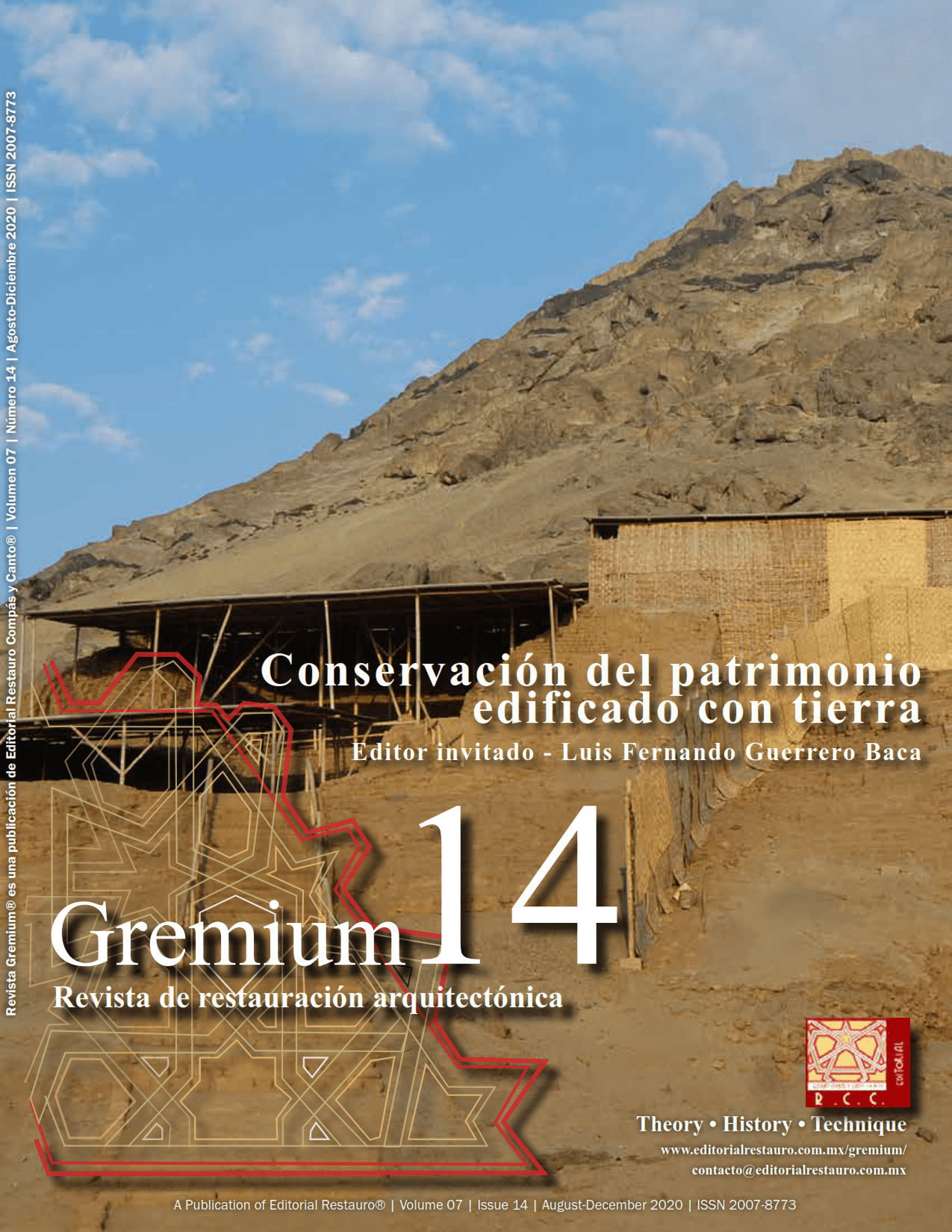Knowledge of pak’lu’um. The land and the house in the Mayan area
DOI:
https://doi.org/10.56039/rgn14a07Keywords:
architecture of earthen, maya heritage, constructive knowledge, territoryAbstract
In this work, the results of the study on the transmission of construction knowledge of the Mayans are exposed; of their huano house, in which the walls and floor are built with different soil, woods and vines, and their roofing is built with the palm of huano, materials located in the Mayan region of the Yucatan peninsula. The earthen architecture has been present in many native people of the world, it is the most abundant and appreciated material since it provides life with the obtained agricultural products. The red soil applied to the walls of this type of houses is called k’áankab (red soil), making an analogyof the flesh and the color of the body; as well as the use of kololche’ (wooden structure in theBajareque walls) represents the bones of the human body. In this regard, it is not strange that the soil was the material to build the first houses and that over time they attributed the concepts of their worldview. This knowledge has been lost in the new generations because of discrimination and exclusion, products of internal colonialism, which have cataloged this earthen architecture as an indicator of poverty; however, there is still a progeny of men and women who can reactivate the transmission of construction knowledge to the following generations.
Downloads
Downloads
Published
Issue
Section
License

This work is licensed under a Creative Commons Attribution-NonCommercial-ShareAlike 4.0 International License.























